|
My OTS course in Tropical Plant Systematics is now over and I'm back in St. Louis. During the last two weeks I was stationed at La Selva Biological Station, an amazing research location with extensive trails and a variety of forest types including many primary forests. During my time here I worked on two research projects (with my classmate, Nate Hartley) for the course, one a systematic-based study on the diversity of Ericaceae that we collected in the Talamanca mountain range, and the other, a passion of Nate's - a study looking at leaf functional traits across epiphytes, hemiepiphytes, and terrestrial members of the Araceae (Aroid family). In all, the course was a grueling experience, jam-packed with work, traveling and fun, but one I will not soon forget. Here's a look at what I've seen and done during the past couple of weeks: One species in which Nate and I examined leaf function traits was Dieffenbachia nitidipetiolata Croat & Grayum. The strawberry poison-dart frog, Oophaga pumilio Schmidt (pictured below), also called the blue-jeans frog, relies on Dieffenbachia at La Selva to rear tadpoles. A collapse in the Dieffenbachia population due to peccary herbivory is attributed with a decline in the strawberry poison-dart frog populations studied at La Selva (McKone et al. 2014). Collecting aroids can be hard work! Here I use pull pruners (aka "pullers") to harvest intact leaves of the hemiepiphytic Philodendron jodavisianum G.S. Bunting. My independent project involved collecting several representatives of Aracaeae in order to investigate properties of their leaves including leaf area, wet vs. dry mass, and leaf toughness. This work aims to investigate leaf functional traits associated with different life history strategies of understudied herbaceous under story plants. For example, some aroids invest high amounts of carbon into energetically expensive leaves that are thick and long lived, while others choose to invest in thin and cheap leaves that can be generated relatively rapidly. How do these strategies determine a plant's affinity to epiphytism? Breadfruit (Artocarpus altilis), pictured above is one of many members of this genus cultivated for food and timber. This tree is growing under cultivation at La Selva. Passiflora spp. at La Selva. This massive Iguana came out in the sun to feast on some fallen guavas. This one is probably big enough to bite my hand off. This wild Vanilla orchid was growing in the forest at Braulio Carrillo National Park, a great find and one of my favorite plants! This Antherium species has a curiously truncated spadix covered in fruits, but why? I had found a couple of plants with these very short spadices but it's not clear if this morphology is caused by environment or mutations, or instead if this is a trait for this species. Having always been fascinated with Piperaceae, I was ecstatic to learn more about the genera and species found in the Neotropics. Unfortunately, the two most common genera found in Costa Rica, Piper and Peperomia, are so diverse and the keys so complex that it is nearly impossible to identify some species. The showy bright red inflorescence bracts of this Psychotria give this lovely plant the name "hot lips" for obvious reasons. Members of this genus, especially Psychotria viridis, have a variety of uses in indigenous medicines and may be most notable for their role in ayahuasca, a psychotropic concoction used in shamanism and medicine. Nate Hartley (Right - Aroid in hand) and I posing for a photo on the canopy observation tower at Las Cruces. The OTS Tropical Plant Systematics (2016) course was a phenomenal experience that provided me a wealth of broad-scale plant systematics tools, but moreover this experience allows me to view my own research in the broader context of plant macroevolution and biogeography.
I have met so many amazing people on this trip, and it wouldn't have been possible without the hard work and dedication of Mauricio Bonifacino, Robbin Moran, James Horn, Amanda Grusz, Lena Struwe, and Esteban Jiménez (TA). I especially want to thank Mauricio ("Aster Master") for putting up with me on the course and devoting his own personal time to teach me a number of valuable skills in graphic design and mapping. Oh and how could I forget to mention my roommate and research-partner, Nate Hartley (Duke University), who instilled in me a great deal of Aroid knowledge, and made this trip an amazing and fun experience. McKone, Mark J., et al. "Rapid collapse of a population of Dieffenbachia spp., plants used for tadpole-rearing by a poison-dart frog (Oophaga pumilio) in a Costa Rican rain forest." Journal of Tropical Ecology 30.06 (2014): 615-619.
0 Comments
Your comment will be posted after it is approved.
Leave a Reply. |
AuthorJordan Brock Archives
November 2019
Categories |
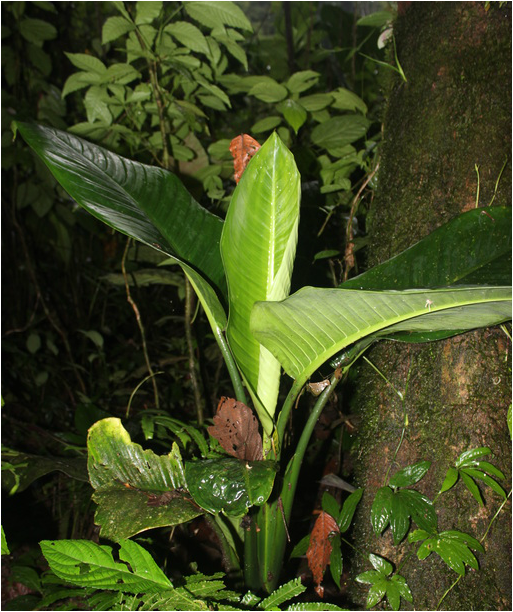
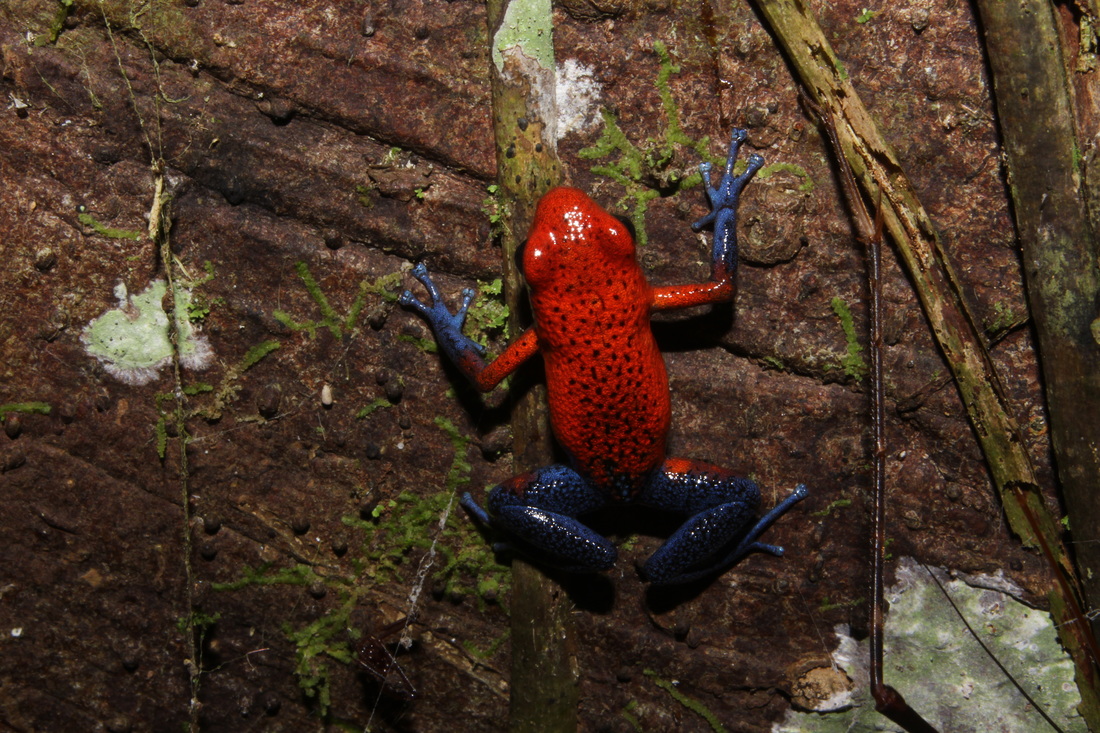
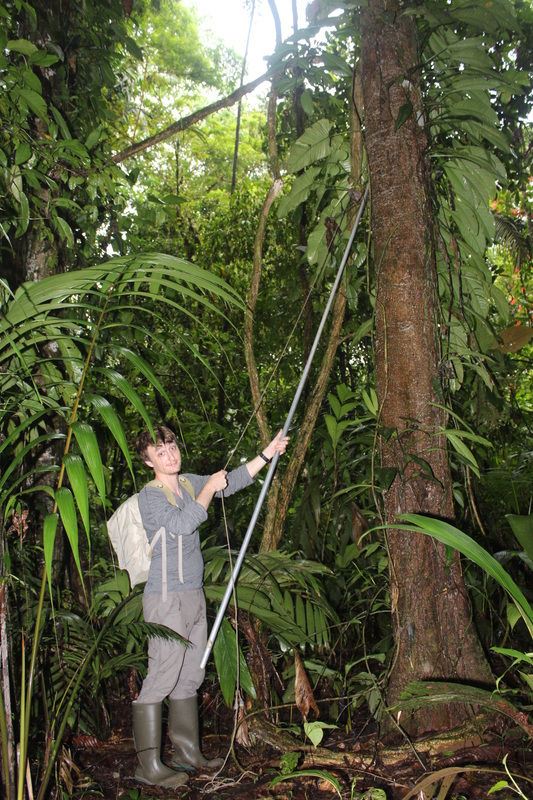
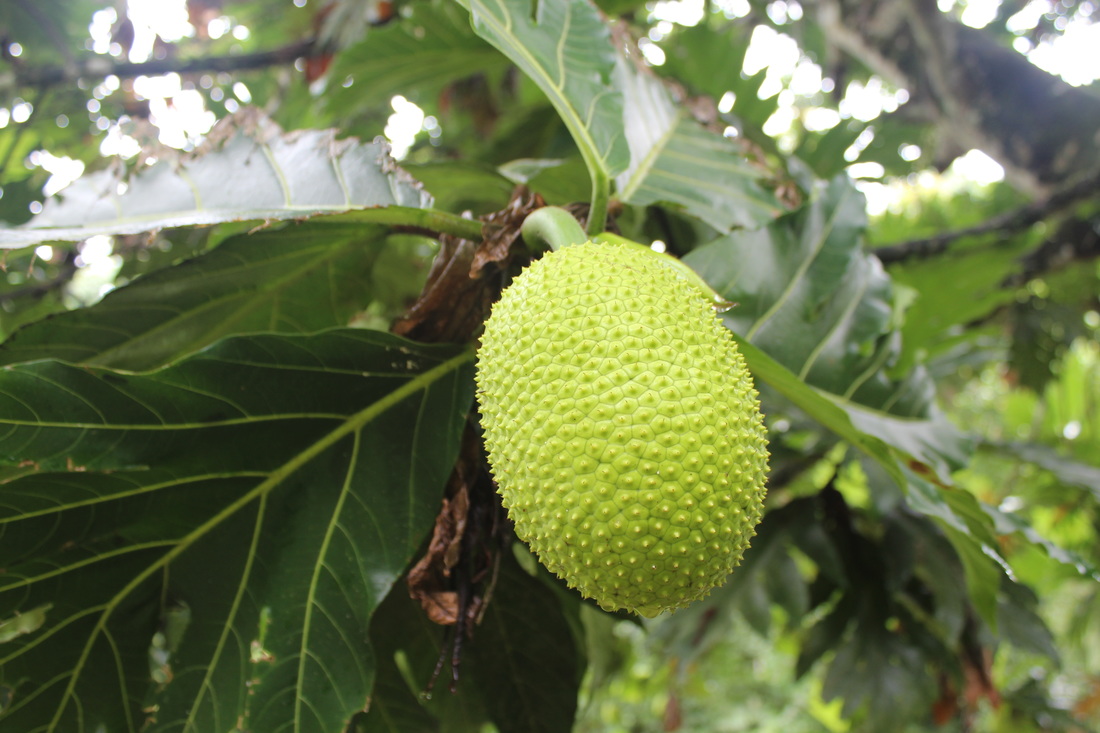
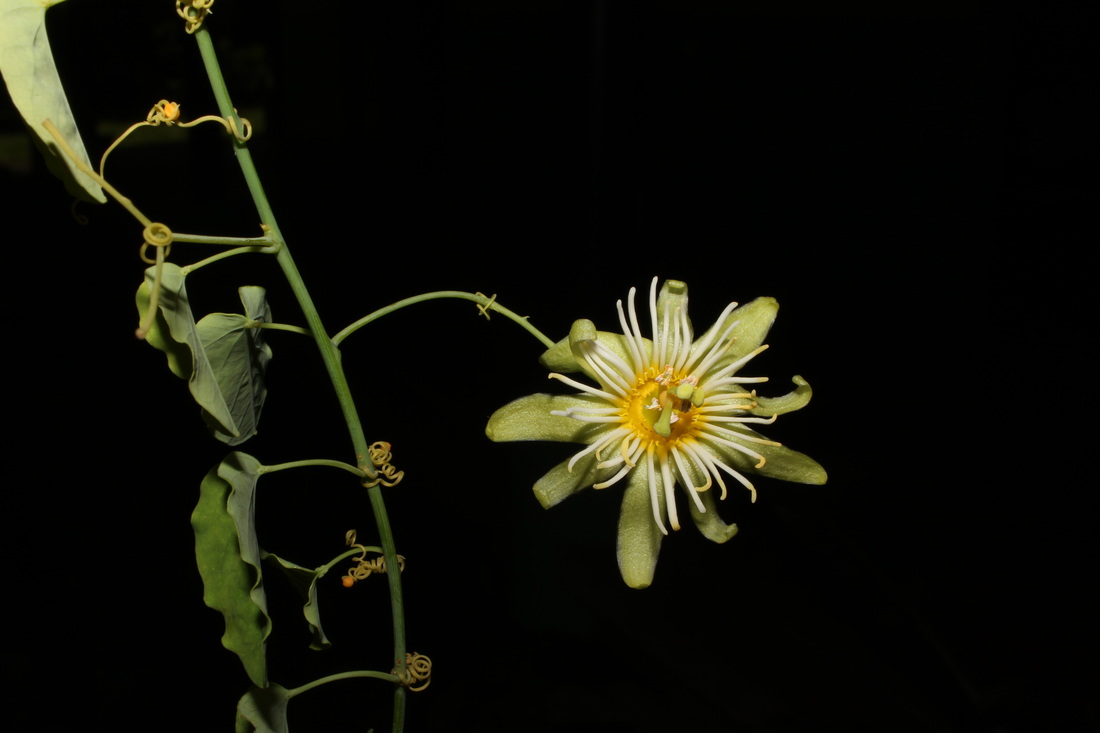
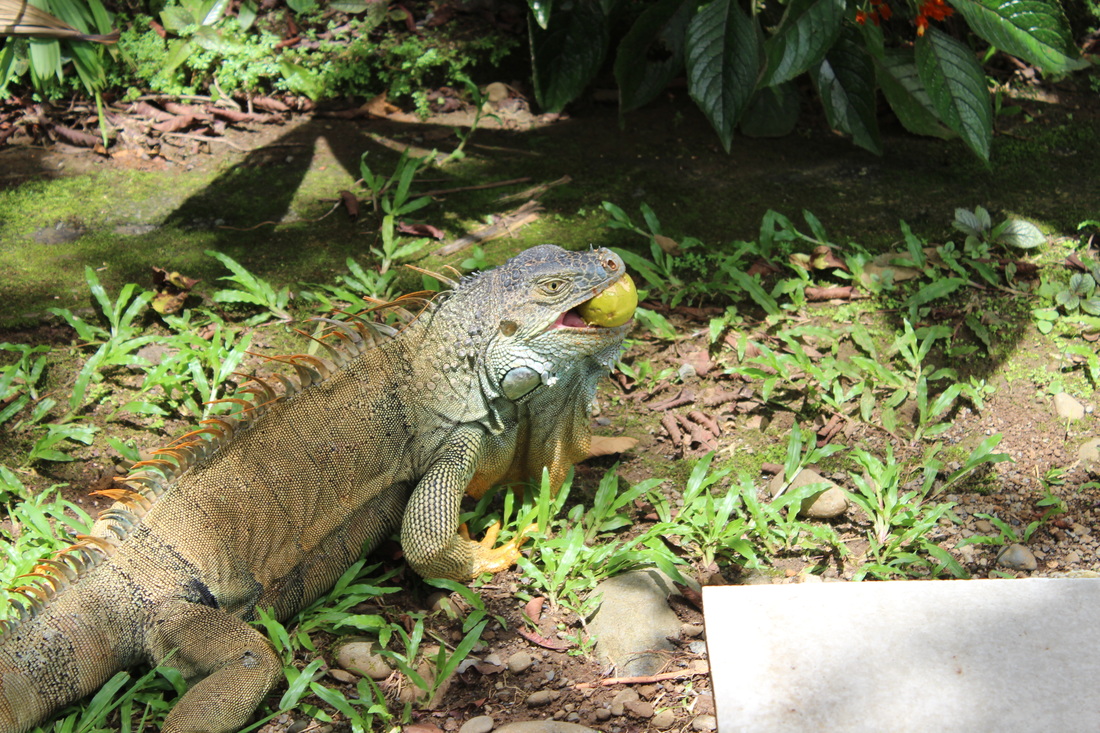

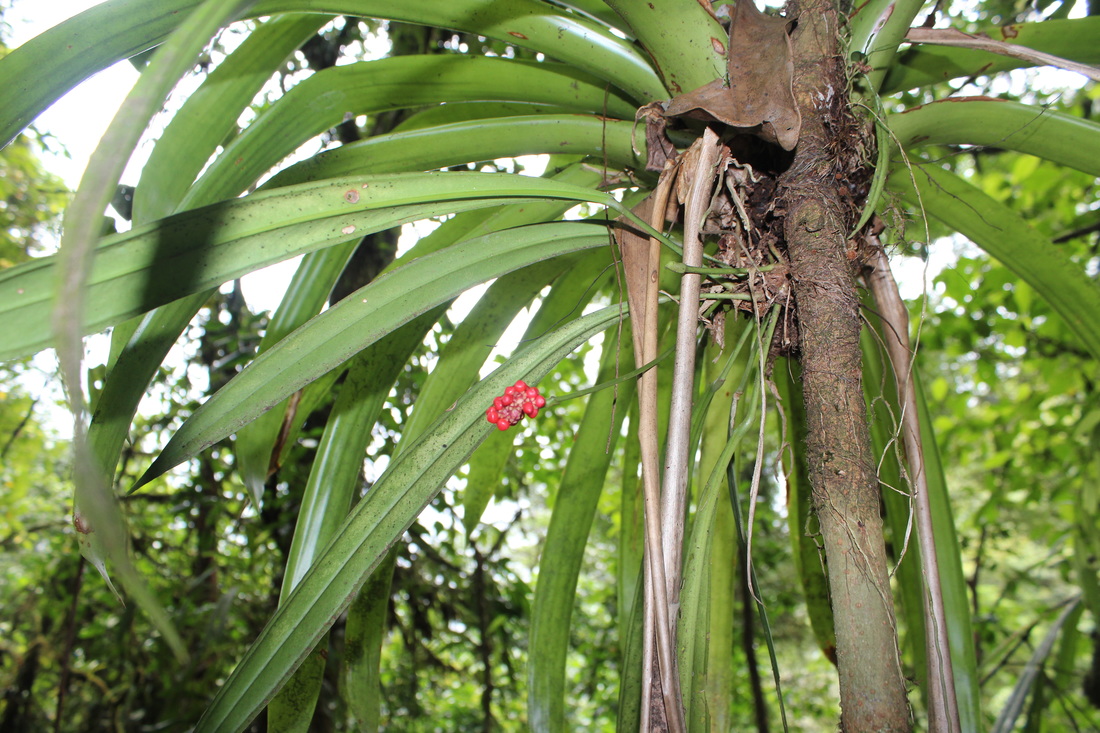
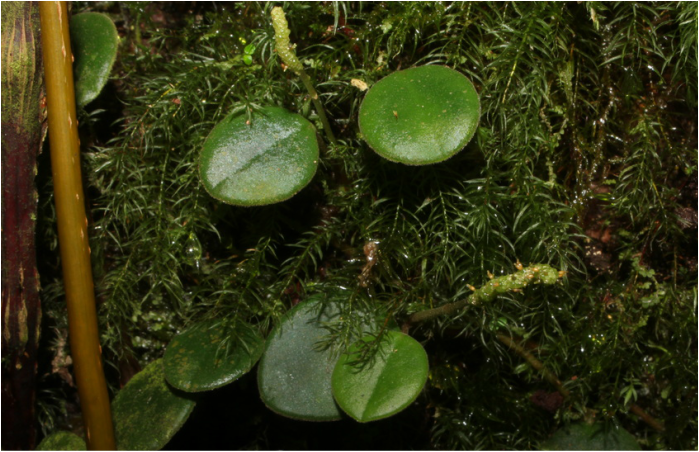
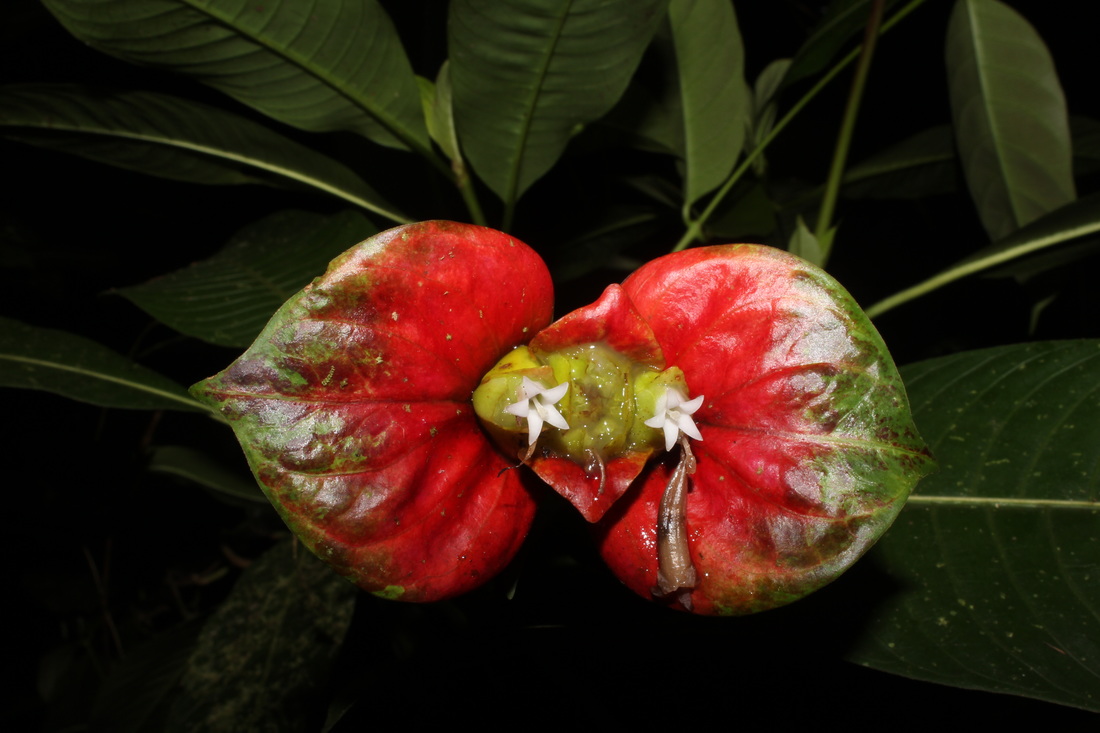
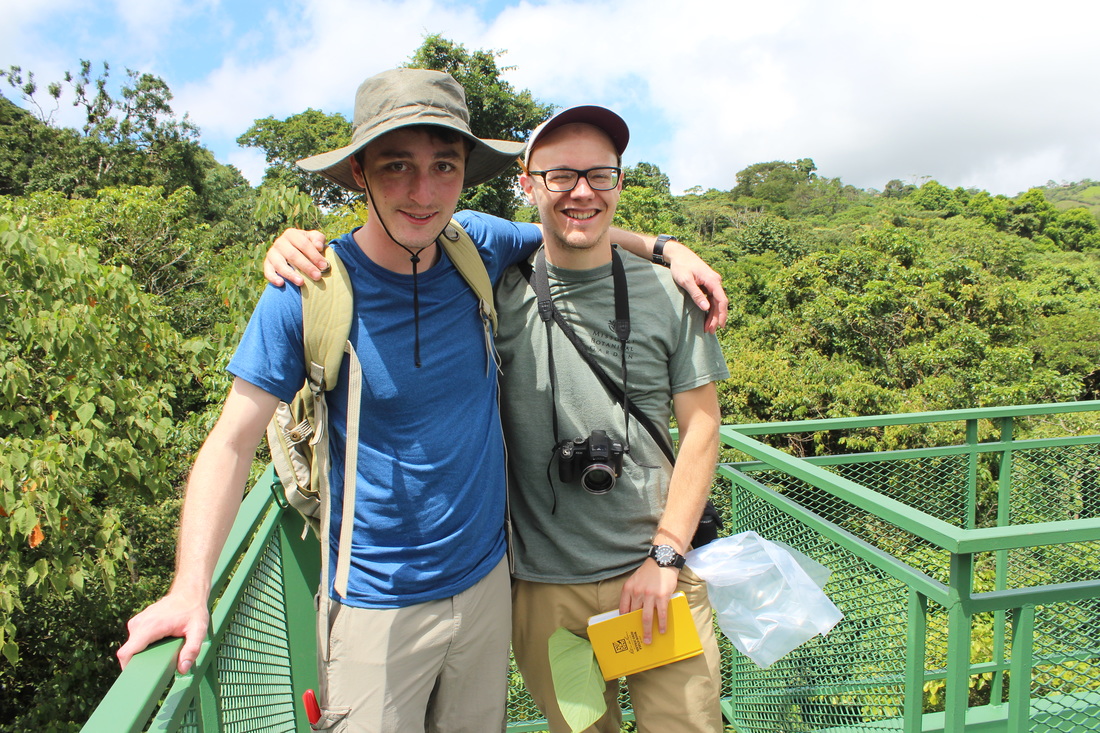
 RSS Feed
RSS Feed